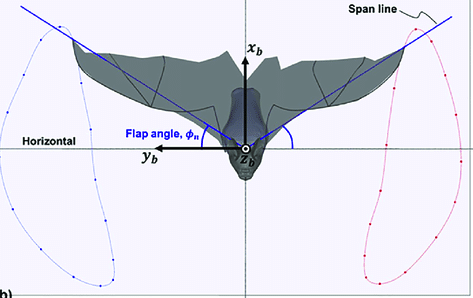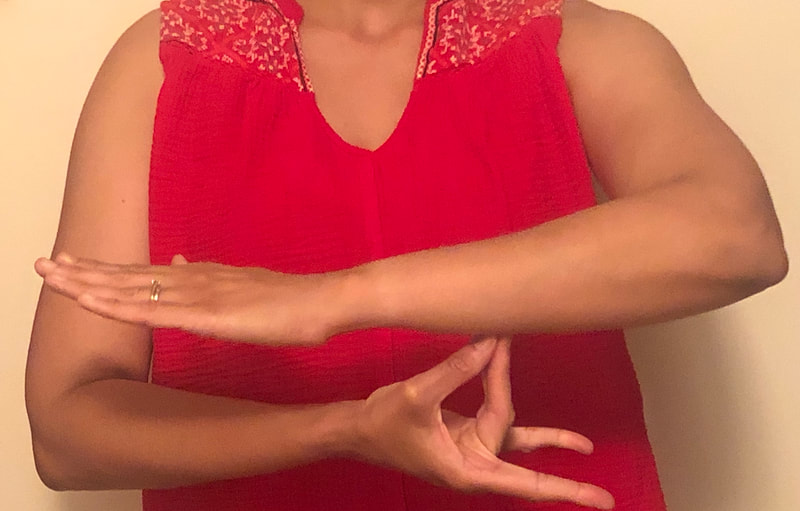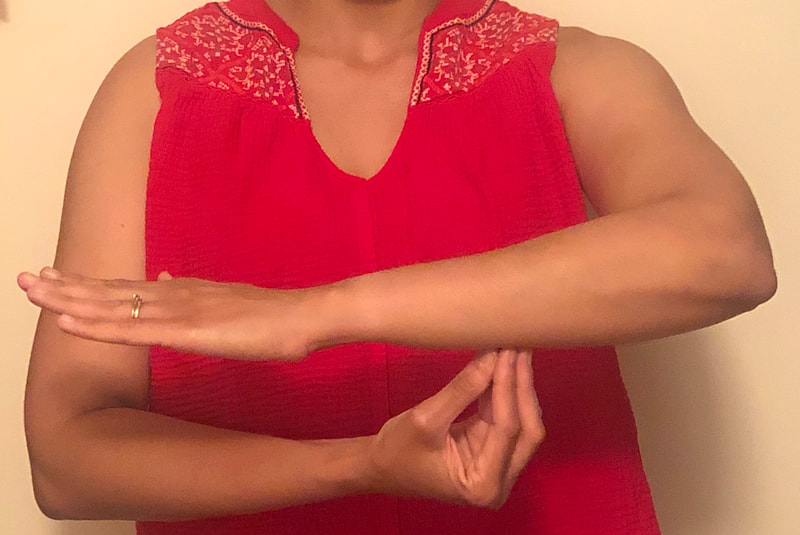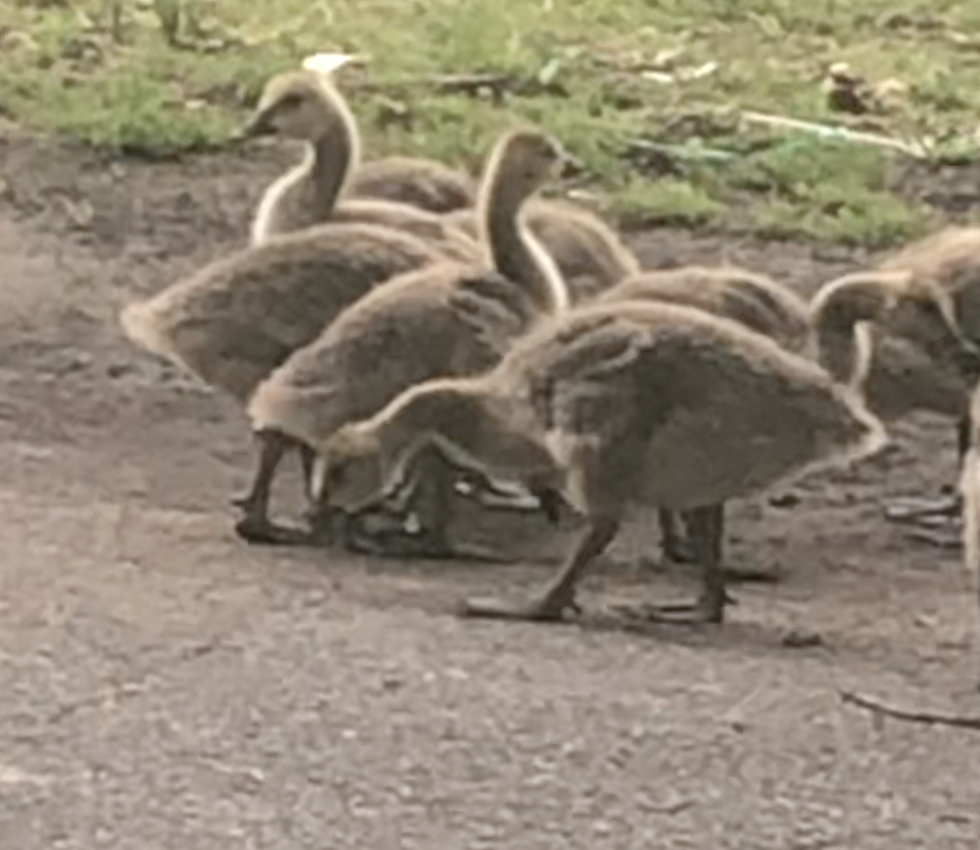|
How bats move Bats, the only flying mammals, have had a special place in my heart for a long time. At one 'Save the Birds' Campaign at Animal Help Foundation for the kite flying season of Uttarayan, we once rescued a baby bat that was trapped in kite strings. I still remember how soft the baby bat was as we were unraveling kite thread around its body. Thanks to vampire lore, these magnificent creatures are universally hated, but they are critical for pollination of many fruits and crops we love – chocolate, mango, avocado - and they are critical for keeping the number of night insects in check [2]. Bats have two adaptations that make them extremely special: powered flight and echolocation [3]. Bats belong to a group of animals called the Chiroptera (Kir-op-tera), which literally means “hand wing”. These nocturnal animals comprise 20% of the mammal species worldwide, and there are more than 1,300 species of bats currently [4]! The aerodynamics of bat flight is the topic of intense investigation. Their wings are actually structures like hands that are adapted for flight. If you see slow motion videos of how bats move (and these videos are absolutely amazing), you can see how they are using their wings to “swim” through the air. While bats and birds both fly, the way they fly is very different. Additionally, the structure of bird feathers is quite different from that of bat wings. The wings of the bat offer intense maneuverability and they can even fold their wings. they move by “rowing” through the air. The maneuverability comes in the form of “up stokes” and “down strokes” that allows them to move much faster and in a much more agile manner as compared to birds [5]. Citations:
1 Comment
6/20/2023 07:15:32 am
I would never have imagined this is how bats move. They're amazing animals, aren't they?
Reply
Leave a Reply. |
About SlokaMy name is Sloka. I am a neuroscientist and Bharatanatyam dancer; you can find more about me here. Archives
June 2024
|




